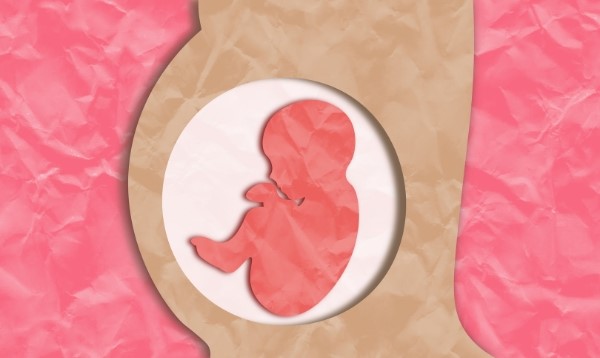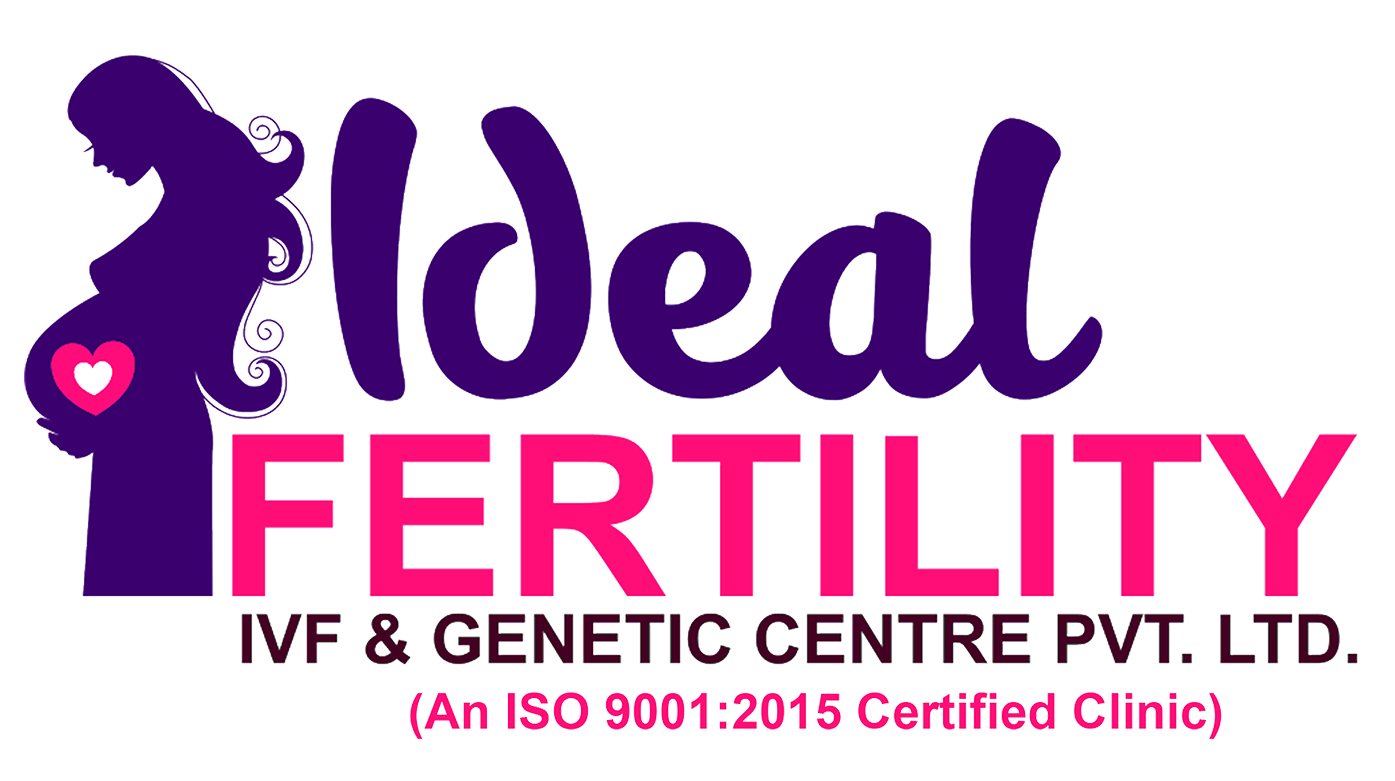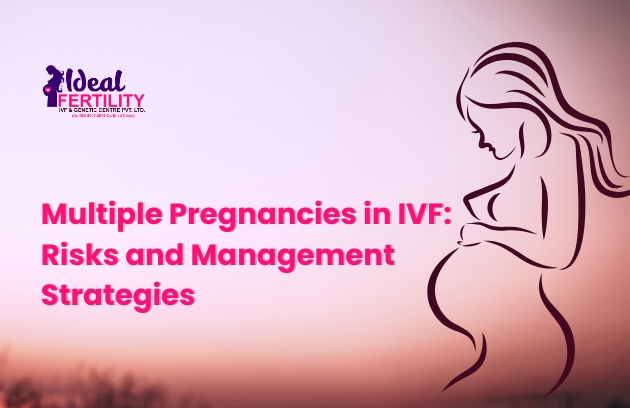Table of Contents
In vitro fertilization (IVF) has been a transformative solution for individuals and couples struggling with infertility. However, one of the significant challenges associated with IVF is the occurrence of multiple pregnancies. This article explores the risks and management strategies related to multiple pregnancies in IVF, addressing common concerns and providing guidance for those considering or undergoing treatment.
Understanding Multiple Pregnancies in IVF
Multiple pregnancies occur when two or more embryos implant in the uterus, leading to twins, triplets, or higher-order multiples. This phenomenon is more common in IVF compared to natural conception due to the transfer of multiple embryos to increase the chances of successful implantation.
Factors Contributing to Multiple Pregnancies:
- Multiple Embryo Transfer: Transferring more than one embryo during an IVF cycle increases the likelihood of multiple implantations.
- Maternal Age: Younger women undergoing IVF have a higher likelihood of multiple pregnancies due to better-quality eggs and embryos.
- Controlled Ovarian Stimulation (COS): COS increases the production of eggs, which can lead to multiple fertilized embryos.
- Fertility Medications: Drugs used to stimulate ovulation may inadvertently lead to the development of multiple dominant follicles.

Risks Associated with Multiple Pregnancies
While the prospect of having twins or triplets might seem exciting, multiple pregnancies come with increased risks for both the mother and the babies.
Maternal Risks:
- Gestational Hypertension: Elevated blood pressure during pregnancy.
- Preeclampsia: A severe condition characterized by high blood pressure and damage to organs such as the liver and kidneys.
- Gestational Diabetes: Increased likelihood of diabetes during pregnancy.
- Preterm Labor: Higher risk of delivering prematurely.
- Cesarean Delivery: More likely to require surgical intervention for childbirth.
Fetal Risks:
- Preterm Birth: Babies born before 37 weeks of gestation, leading to potential developmental challenges.
- Low Birth Weight: Increased risk of health complications.
- Neonatal Intensive Care: Longer stays in NICU due to health challenges.
- Congenital Disabilities: Higher probability of birth defects or developmental delays.
Management Strategies to Minimize Multiple Pregnancies

- Elective Single Embryo Transfer (eSET):
- Transferring a single, high-quality embryo significantly reduces the likelihood of multiple pregnancies.
- Particularly recommended for women under 35 with good-quality embryos.
- Comprehensive Chromosomal Screening (CCS):
- Testing embryos for chromosomal abnormalities ensures only the healthiest embryos are transferred.
- Individualized Treatment Protocols:
- Tailoring ovarian stimulation protocols based on the patient’s age, medical history, and response to treatment minimizes overstimulation and multiple pregnancies.
- Monitoring During Ovarian Stimulation:
- Close monitoring through ultrasound and blood tests helps regulate the number of follicles developed during stimulation cycles.
- Patient Counseling:
- Educating patients about the risks of multiple pregnancies and the benefits of single embryo transfer is crucial in decision-making.
Costs Associated with IVF and Multiple Pregnancy Management
The cost of IVF varies widely depending on the clinic, location, and specific treatment protocols. Additional costs may arise from managing multiple pregnancies due to increased prenatal care, potential NICU stays, and the possibility of cesarean delivery.
Role of IVF Clinics in Managing Multiple Pregnancies
The choice of an IVF clinic significantly impacts the outcomes of treatment. Top IVF centers prioritize patient safety and success by employing best practices to minimize risks.
Features of Leading IVF Clinics:
- Expertise in Single Embryo Transfer: Advanced labs and experienced embryologists.
- Comprehensive Care: Multidisciplinary teams including obstetricians, genetic counselors, and pediatricians.
- Transparent Pricing: Providing clear breakdowns of costs and packages.
- Location-Based Searches: Queries like “best IVF centre in Delhi” or “IVF clinic near me” help in finding reputed clinics.
Conclusion
Multiple pregnancies in IVF pose unique challenges that require careful management to ensure the safety of both the mother and the babies. By adopting strategies such as elective single embryo transfer, personalized treatment protocols, and patient education, clinics can minimize risks and improve outcomes. For individuals seeking IVF treatment, choosing a reputable clinic and understanding the associated costs and risks are critical steps toward a successful journey to parenthood.
FAQs About Multiple Pregnancies in IVF
Q1. What is the likelihood of multiple pregnancies in IVF?
The chances vary depending on the number of embryos transferred and individual factors. Transferring two embryos may result in a 25-30% chance of twins.
Q2. How can I reduce the risk of multiple pregnancies?
Opting for elective single embryo transfer (eSET) and personalized treatment protocols are effective strategies.
Q3. Does single embryo transfer reduce success rates?
Not significantly. With advancements in embryo freezing and culture techniques, the success rate of single embryo transfer is comparable to multiple embryo transfers.
Q4. Are multiple pregnancies more expensive to manage?
Yes, due to increased prenatal care, higher risk of complications, and potential neonatal intensive care needs.
Q5. Which is the best IVF clinic for managing multiple pregnancies?
Reputable clinics with high success rates in eSET and advanced facilities, such as the “best IVF centre in India,” are ideal.


